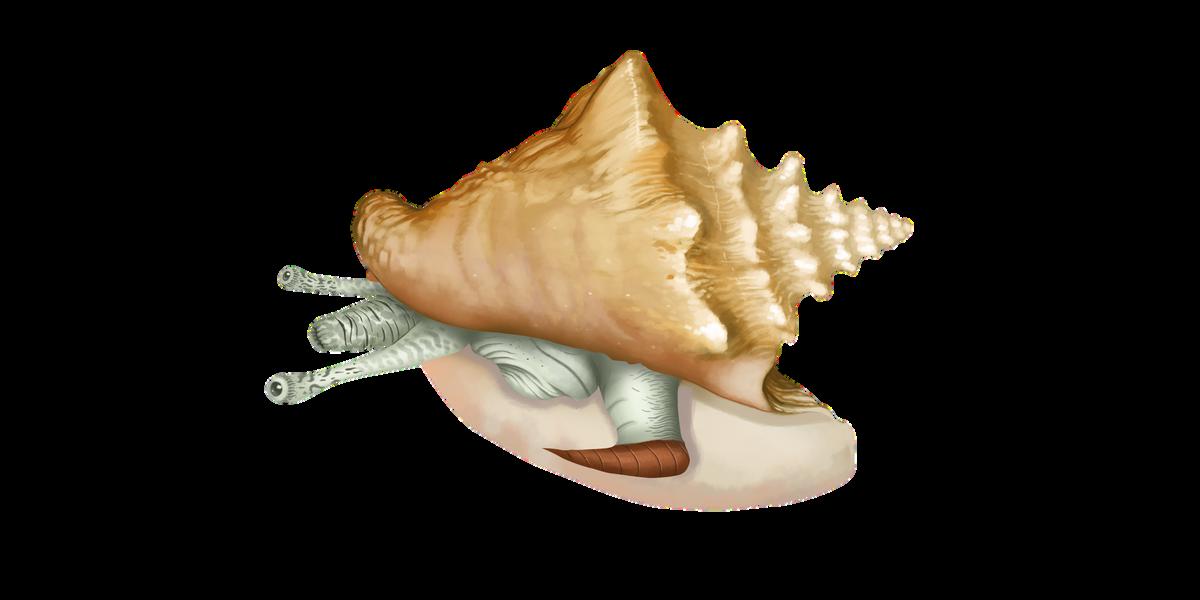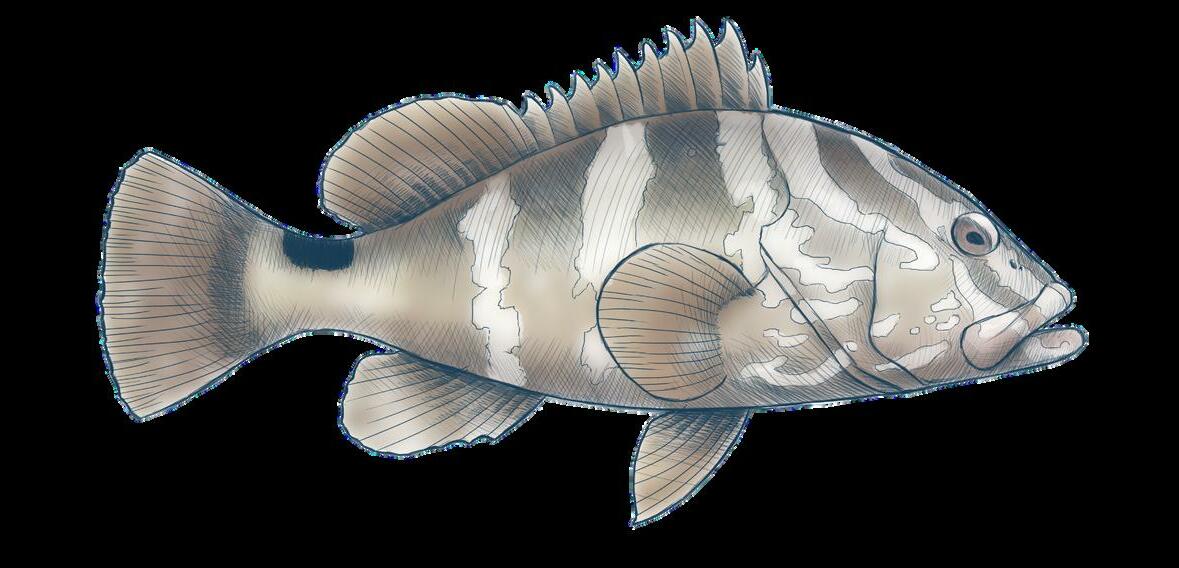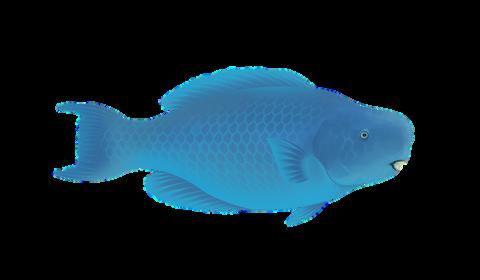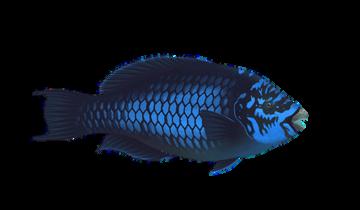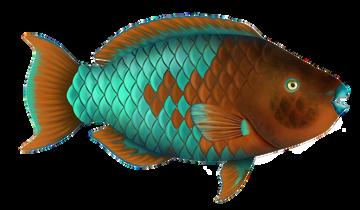CFMC UPDATES
In the Caribbean Fishery Management Council (CFMC)'s bulletin you will find announcements, facts about marine species, and valuable information on fishing and regulations that rule this activity in Puerto Rico and the US Virgin Islands.



In the Caribbean Fishery Management Council (CFMC)'s bulletin you will find announcements, facts about marine species, and valuable information on fishing and regulations that rule this activity in Puerto Rico and the US Virgin Islands.


as the World Water Day, recognizing the value of this resource and the need of protecting it. Water covers 70% of the Earth’s surface and we are very conscious of that, especially when we see the rivers, lagoons, streams, and the ocean in our islands. Likewise, coastal wetlands and swamps are part of our water resources. Although we do not tend to think about them when we talk about water, they are ecosystems of utmost importance for the sustainability of our fishing resources. In the same way rivers flow into the sea, the water of the wetlands and swamps connects with the ocean.
Maintaining the health of ecosystems such as mangroves, wetlands, and coastal lagoons is everyone ' s task. Avoiding pollution of water bodies, not throwing solid waste, and reducing runoff are ways to protect these ecosystems and ensure the quality of the water where the fish that we are going to eat, live. Also, we have the responsibility of improving planning of coastal development. Draining and filling mangroves or coastal lagoons destroy the habitats that work as fish nurseries, filt ff t d bu su
Climate change impacts, such as extreme droughts and hurricanes, are occurring with greater intensity and frequency. Mangroves, wetlands, and coastal lagoons play a key role for our fisheries but, at the same time, are highly sensitive to environmental degradation, mostly caused by human activities. We should pay more attention to these coastal ecosystems that are connected to our marine resources For these reasons, the Fisheries Management Plans for Puerto Rico, St. Thomas / St. John and St. Croix developed by the CFMC consider these coastal ecosystems as Habitats of Particular Concern

More information about the Fisheries Management Plans? Visit https://caribbeanfmc.com/fishery-management/draft-island-based-fmps.
 Photos: Álida Ortiz Sotomayor
Photos: Álida Ortiz Sotomayor
Nassau grouper is considered a threatened species under the Endangered Species Act. Also, under the International Union for Conservation of Nature Red List, it is classified as critically endangered. Its populations have decreased significantly during the last 40 years.
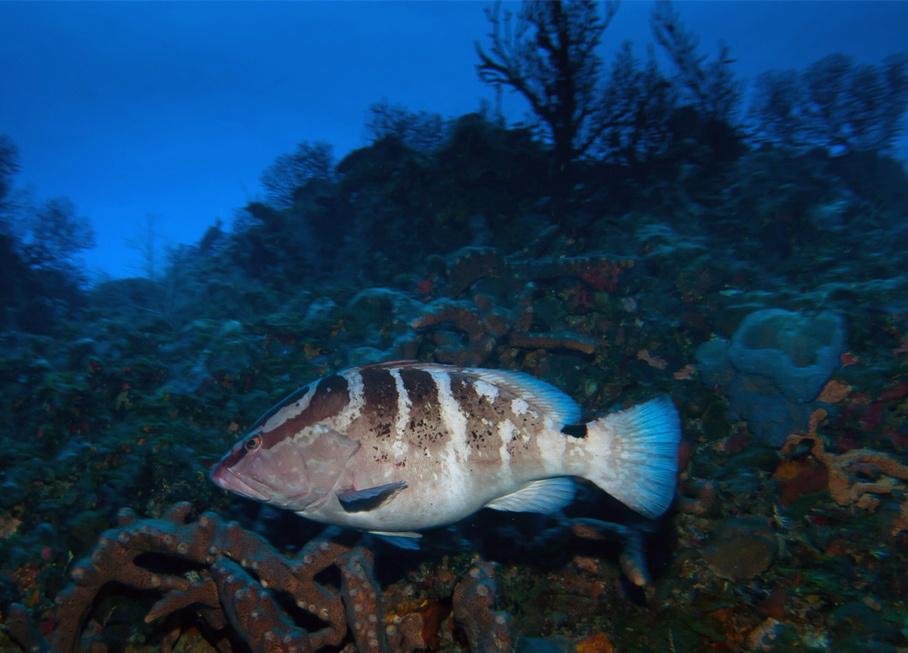
Learn how to protect this species! Visit: https://www.youtube.com/watch?v=h gtAuw6fiI, watch the video Nassau Grouper Against the Clock, and share it. Do not forget to subscribe!

E P I N E P H E L U S S T R I A T U SPhoto: Dr Michelle T Schärer Umpierre


The lionfish (Pterois volitans) is an invasive species from the Pacific that abounds in our waters. It stands out for its abundant spines and striped arrayed body. It is found in lagoons and reefs at depths of up to more than 300m (984 ft). The spines are poisonous, but they can be easily removed. The meat is NOT poisonous, and it tastes very good. Cook lionfish! Look for recipes at: https://issuu.com/seagrantpr/ docs/come-pez-leon-ene24.

Gloria Valle García, better known as Tina, was born in Puerto Real, Cabo Rojo in a family where all her brothers were fishers. Her mother, Providencia “Lencha” García, was a homemaker and a great cook, and her father, José “Cheo” Valle made and sold brooms. There were 7 sisters and 6 brothers in the family. Tina always wanted to fish like her brothers and she learned with them.

For Tina, fishing is “ a different world; it takes the stress away from you ” . Although she knows how to fish different species and uses various fishing gears, fishing octopus with a hook is what she likes the most.

“The octopus is very funny. It is a very intelligent species. You dive into the water and you can play hide-and-seek with the octopus. You dive and it sees you. You move away and it comes completely out to see where you are [...]. It is enjoyable. I love fishing octopus,” expresses Tina.

With the same sagacity that the octopus shows, is how Tina catches them. She recognizes clearly when the octopuses are hiding in the caves, when they are in the sand, when they have left the caves “The octopus clean its house inside, but leave everything out in front of the cave ” , says Tina about the octopuses and their caves. This way, she identifies where they are. Tina has an exceptional vision and she owns the wisdom that comes with years of experience and constant practice

At the age of 21, she moved to North Carolina, USA. There she fished recreationally with rod, but for Tina there is nothing compared to fishing in Puerto Rico. “You do not feel the same emotion,” she says. After two decades of living outside Puerto Rico, she returned to her hometown and the neighborhood of Puerto Real, where she continued raising 4 children together with her husband Milton Montalvo. He also fishes and he taught her how to fish with line. Rafael, her youngest son, fishes commercially. He is a 21-year-old young man who is passionate about fishing.
Fishing and animal breeding have always allowed her family to have good food on their table They have raised ducks, turkeys, hens, guinea fowls, goats. Tina, just as her Mom, cooks many tasty dishes. About cooking octopus, Tina says that it is easy. “I wash it; I boil water with salt in a pot. I boil the octopus for 20 minutes with the cap looking down, and 20 minutes with the cap looking up. The octopus tells you when it is ready When you see a fissure in the "lonja" (the part of the neck under the cap), the octopus is cooked," she explained.
Occasionally, Tina also makes handicrafts with seashells and scales. She has made earrings, chimes, mirrors, and other ornaments. They show her passion for art and sea.

Currently, she is concerned about the changes that she observes in climate and in the sea. She perceives that water temperature has increased, she has seen loss of corals, and she has witnessed the strong impact caused by hurricane Maria in marine ecosystems.
Despite these changes, she has adapted and she continues fishing. Pandemic, as for many other fishers, stopped her from fishing for a long time. However, she has never thought about stepping out from fishing. Tina is like a fish; there is no life for her without water. The sea claims her when she is away and she recognizes that calling:
“It’s time to jump into the sea because my scales are dry”.
We are very grateful for the generosity of Tina, her husband Milton, and her son Rafael (all of them in the picture) of allowing us to interview them
Likewise, we acknowledge Jannette Ramos García the coordination of the interview and the pictures that she took and provided us.


